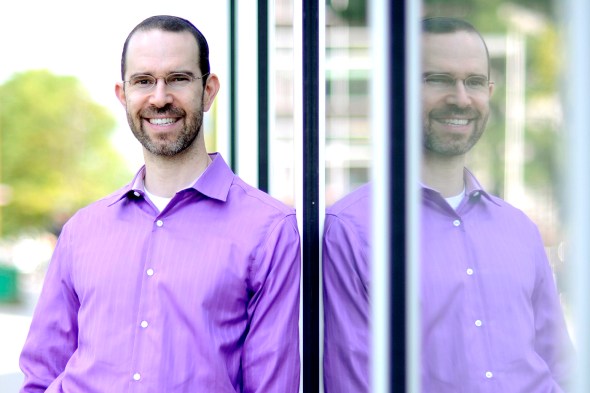What US communities shouldn’t forget in the COVID-19 state of emergency

The national state of emergency announced by President Donald J. Trump on Friday will give U.S. states and territories access to up to 50 billion dollars in funding to combat the effects of the COVID-19 pandemic. Trump has also made it easier for public health authorities to waive regulations that might impede providers’ ability to respond to the virus, and slapped a 30-day ban on travel from Europe.

Daniel Aldrich is a professor of political science, public policy and urban affairs in the College of Social Sciences and Humanities and director of the security and resilience studies program at Northeastern. Photo by Matthew Modoono/Northeastern University
But these efforts aren’t just too late to prevent the rapid spread of the disease first discovered in Wuhan, China, in 2019, says Daniel Aldrich, who directs the security and resilience studies program at Northeastern.
“Declaring an emergency now, some two months after it could have been declared, implies that you shouldn’t have been doing anything between January and now,” Aldrich says. “The first Wuhan spike really came in December of last year. That’s four months ago.”
Other countries had already implemented fever checks at borders and other measures to catch cases, but the United States was slow to take action, Aldrich says.
Trump’s measures also miss the point of what communities need to do now that the disease has spread throughout the country.
“Timing is critical here,” Aldrich says.
Cities and towns should have already enacted a policy of “physical distancing”: shutting down schools, theaters, public events, and sporting events. And those that haven’t need to do it now. He cites data from the deadly influenza epidemic that swept the U.S. in 1918.
“We have some great data for the 1918 flu season comparing St. Louis and Pittsburgh, that shows when those two cities moved at different rates—to shut down schools, to shut down theaters, to shut down public events, sporting events—the number of casualties was completely predictable,” Aldrich says. “The later we moved to have physical distancing, the more casualties we had.”
Physical distancing—avoiding close contact with others, not touching communal surfaces or sharing food, staying away from crowds—is key to slowing the spread of the virus, Aldrich says. But as schools close and events are canceled or postponed, you shouldn’t cut yourself off from the community. In fact, we need just the opposite.
“We need physical distancing and social connectedness,” Aldrich says. “During all kinds of disasters, slow-onset like this one and fast-onset like a tsunami or a volcano, the people who die are not those who are vulnerable. The people who die are the vulnerable and isolated. It is not vulnerability by itself that determines the outcome of this, or other disasters. It is the combination of vulnerability and lack of access to information, lack of access to resources, lack of access to emotional and physical support. That is what’s going to kill people.”
Have you reached out to your neighbors, your friends, your social groups? Have you checked to see if you can run errands or pick up groceries for someone who is elderly or immunocompromised or simply paralyzed by anxiety? Aldrich’s research has shown that strong social connections and a supportive community are the best defense against a disaster.
“I’ve seen a lot of people reaching out via social media platforms and saying, ‘Who needs a Costco run? Who needs vitamins? Who needs a rehydration solution? Who needs me to bring them some books for their kids? Who wants me to take their kids to the park?’ I’ve seen a lot of offers that help,” Aldrich says. “Those bottom-up solutions being community-sourced—that gives me a lot of hope.”
For media inquiries, please contact Jessica Hair at j.hair@northeastern.edu or 617-373-5718.





